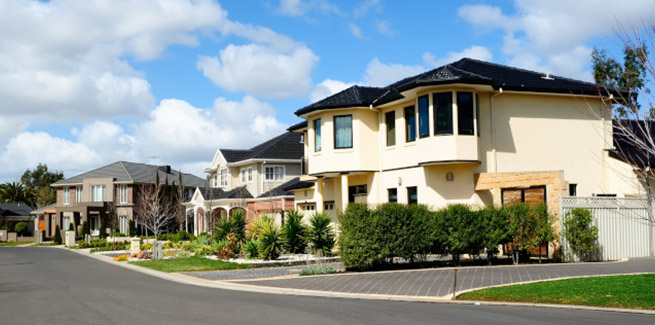According to Westpac’s February 2022 Housing Pulse report, the housing market boom is showing clear signs of slowing with sentiment pointing to a decline in turnover through the first half of 2022.
The report said inflation and the labour market challenges are shaping consumer’s views on interest rates, which will impact the property market and further divergence among states.
As lenders already begin to raise rates, ahead of the Reserve Bank of Australia’s (RBA) cash rate rise, and house prices soar, a housing “correction” is forecast for 2023 and 2024.
Nationally, the report said prices lifted 2.5 per cent since November 2021, which was a fall from the peak of 7.1 per cent in May 2021, but an annual gain of 21.1 per cent.
Westpac’s earlier indicators forecast prices would lift in the first half of 2022, before flattening out and dropping in 2023 and 2024.
But the “extraordinary” surge in prices has seen affordability deteriorate with new projections now forecasting house prices will “flatten” by May this year, ahead of a move into outright correction in the December quarter.
Overall, the report said that would result in a net gain of just 2 per cent over 2022.
House prices are then forecast to fall 7 per cent in 2023 and by a further 5 per cent in 2024, before stabilising towards the end of that year.
The report said housing will be “collateral” damage in the RBA’s efforts to keep inflation on target over the medium-term, as rate rises will have a direct impact on the borrowing capacity of buyers and their ability and willingness to sustain high prices.
Westpac senior economist, Matt Hassan said while housing affordability has continued to weigh on buyer sentiment, interest rate considerations have yet to really impact.
“More importantly, the medium term outlook has shifted materially with an interest rate tightening cycle now expected to see a broad-based correction phase begin later this year, continuing throughout 2023 and into 2024,” Mr Hassan said.
“Our sentiment-based indicators are likely to capture this shift more fully in coming months.”
Households accumulate "financial buffers"
While the housing market shows signs of uncertainty, households have accumulated large “financial buffers” during the pandemic.
The “forced saving” during the pandemic has led to an estimated $250 billion in additional reserves being set aside over the last two years, some $98 billion of which is sitting in mortgage offset accounts.
If and how mortgage borrowers choose to deploy these funds remains a "key area of uncertainty".
However, as consumers have not experienced a sustained tightening cycle for over a decade, many may not be ready for the “scale of increase”, which Westpac said will be 1.75 per cent.
Additionally, the surge in fixed-rate loans in 2021 will see many borrowers face a “rate reset shock” as the fixed period rolls off.
NSW and Victoria “most sensitive” to rate rises
The report said the state trends are showing a “further divergence” that is expected to remain a feature throughout the coming slowdown and correction phases.
Mr Hassan said different states fall into three distinct groups - most sensitive, less sensitive, and least sensitive to affordability pressures and higher mortgage rates.
“While performances will vary, the common shock of a sustained rise in rates will impact all markets over the next few years.
“Housing will in effect become hostage to outcomes across the wider economy with prospects resting heavily on how successfully policymakers, the RBA in particular, guide Australia through these looming challenges,” Mr Hassan said.
NSW and Victoria sit firmly in the ‘most sensitive’ group, with buyer sentiment discouraged, price momentum stalling and weakness in turnover at the start of the year weighing heavily.
Western Australia and Tasmania were “less sensitive”, with less COVID disruptions and a “tight” supply-demand balance with low vacancy rates.
Queensland and South Australia stood out as the “least sensitive”, with price momentum accelerating in recent months, tight markets, and more headroom around affordability.
 ;
;
